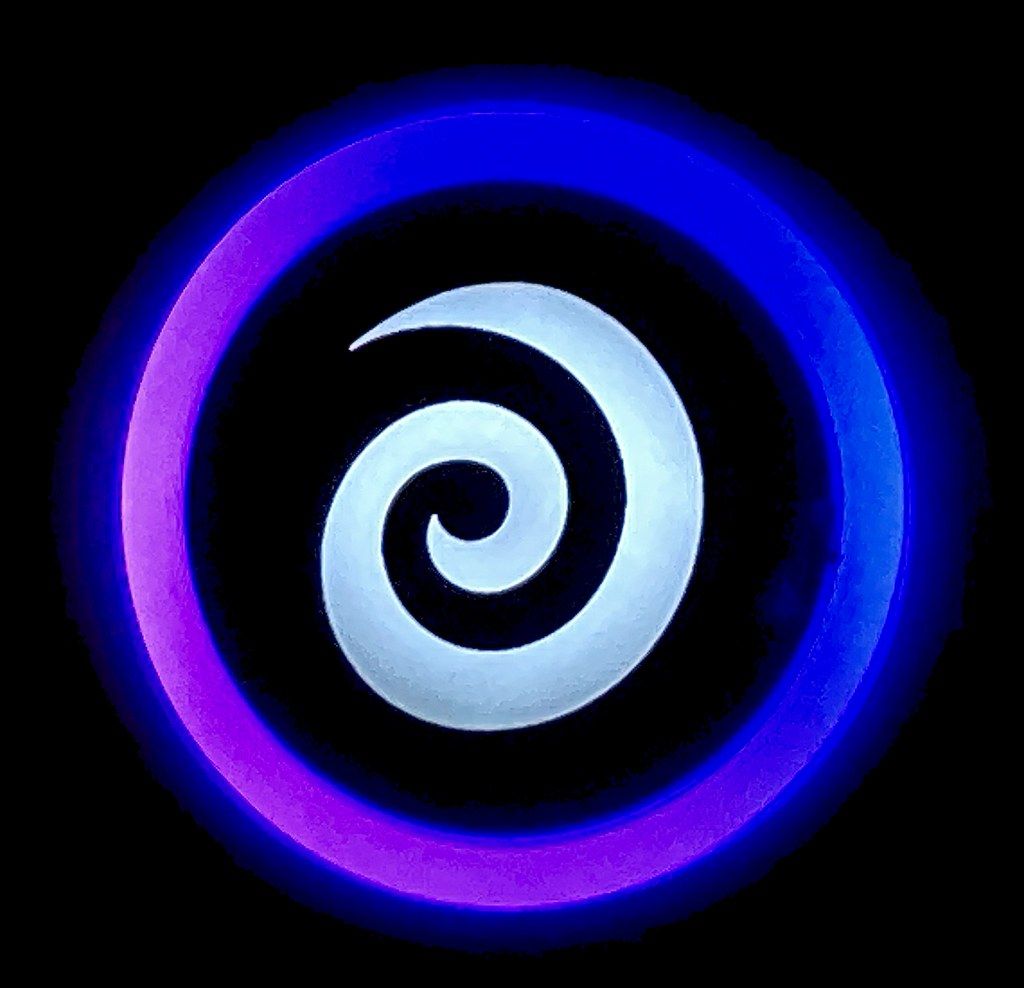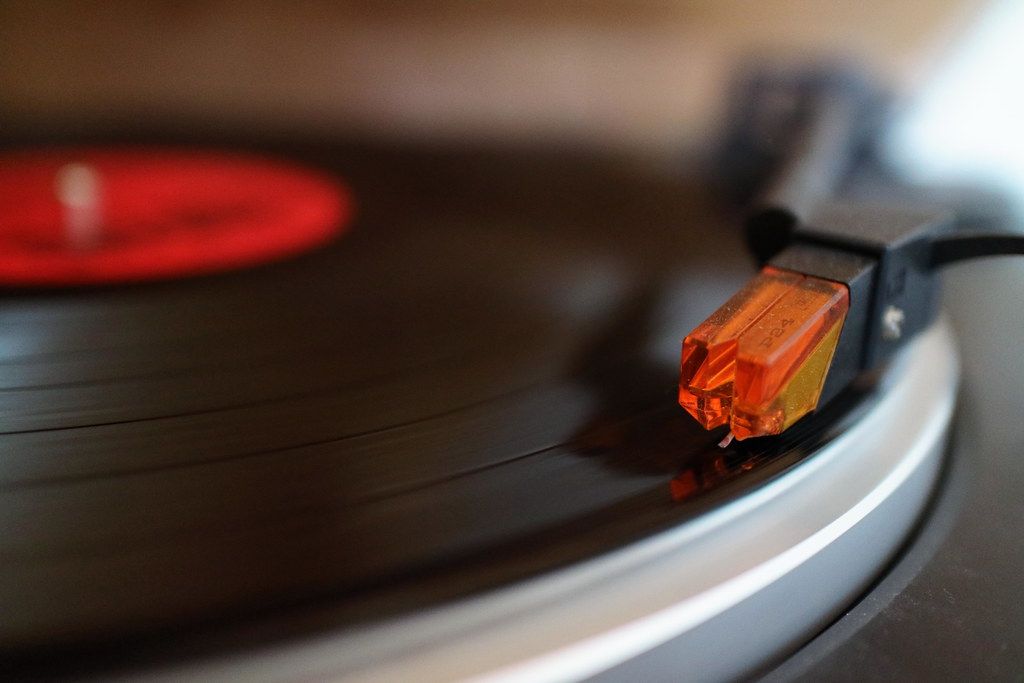120W load in Xiaomi will not degrade the battery?
The fast charging race has been going on in the Chinese smartphone scene for a good few years now. Every few months there’s some debut that takes its place on the podium, and high-powered chargers continue to reduce charging times. Xiaomi wants to make its “HyperCharge” technology available to consumers around the world as soon as possible. The new Xiaomi 11T Pro has a 120W charger, which is a huge increase in power. Xiaomi has yet to reveal estimated charging times for the 11T Pro, but last year’s Mi 10 Ultra with a 120W charger also charged in just 23 minutes. Of course, the fast charging doesn’t stop there. This model of the Chinese manufacturer offers min. Dual sim, up to 256GB of built-in memory, a 50 MP camera, and for selfie lovers or just a good video conferencing camera, a 20 MP front lens.
Is it safe?
The question naturally arises about the potentially negative impact on battery life, or even on the safety of use. The Xiaomi 11T Pro is expected to offer fast charging, which will provide a full battery charge in about 20 minutes. Is this not too much of a burden? As a rule of thumb, the faster the charge, the sooner the battery will get damaged and lose its capacity.
Xiaomi spokesperson Daniel Desjarlais explained that the Xiaomi 11T Pro will use technology with a battery consisting of two cells, each using a portion of the available power.
How it works?
A good metaphor is to imagine two separate gasoline inlets in a car leading to different tanks, of course. Instead of filling just one, you can fill two at once, which speeds up the whole process. The charger is 120W and instead of a maximum of 5 volts, a single channel splits it into two, three, four channels. This allows the effect of a charged battery in less than 25 minutes. All at 20 amps.
Battery life
What about battery life? Apparently, we are supposed to expect durability similar to other conventional phones. “This is something we’ve really tested hard,” – he said. Desjarlais. “Generally speaking, at this level of charging with the batteries we tested it with, after 800 charge cycles you will still have 80% battery efficiency. That 20% may sound a bit like “oh, then I’m losing 20%,” but this situation is pretty standard for virtually all charging technologies. 800 cycles is roughly two years for most people.” Personally, I hope I can make it to three years when using dark mode.
By comparison, Apple promises its customers that a lithium-ion battery will retain “up to 80% of its original capacity with 500 full charge cycles.” If Xiaomi’s test data is true, the 11T Pro should therefore somehow not stand out with a shorter battery life.
Are there really no drawbacks to such a charging system? Could a phone with more conventional charging be thinner or accommodate a larger battery, for example? Well, yes – the charger is slightly larger than average and will obviously draw more power (though for shorter periods of time). And that’s it? I guess so, although he generally recommends using the slower charger at night and using the fast one during the day.
Of course, safety and performance should come first. With such fast charging, there is another question – will customers find it something that will entice them to buy this particular phone. “A lot of people see fast loading as just an extra feature,” says Desjarlais. “But there are also a lot of people for whom it is a big added value. It’s something you don’t realize how good it is for your daily life until you have to run out the door to catch a cab in five minutes and your phone is not that charged.”


